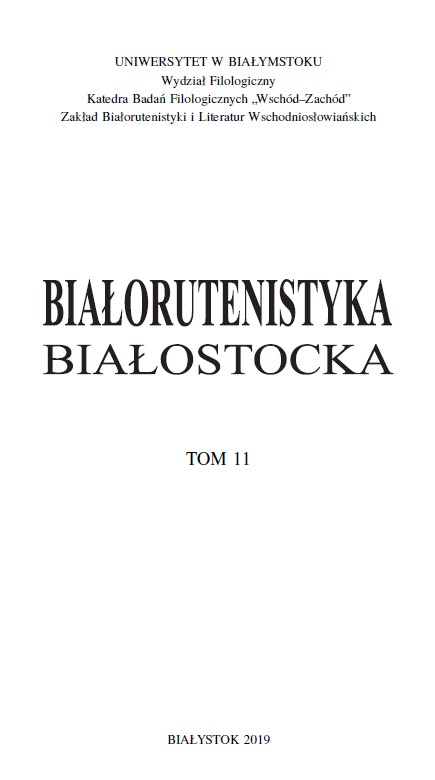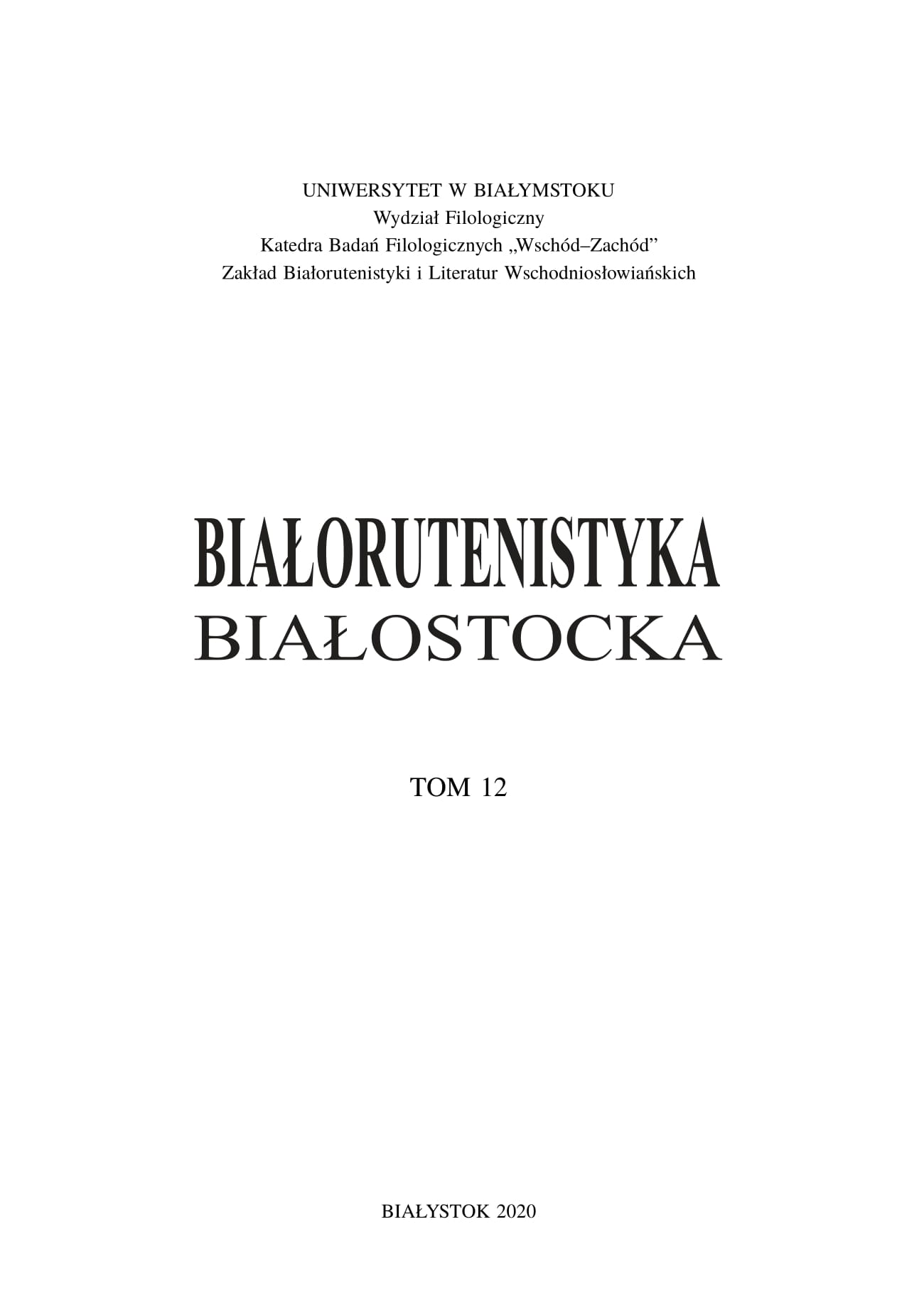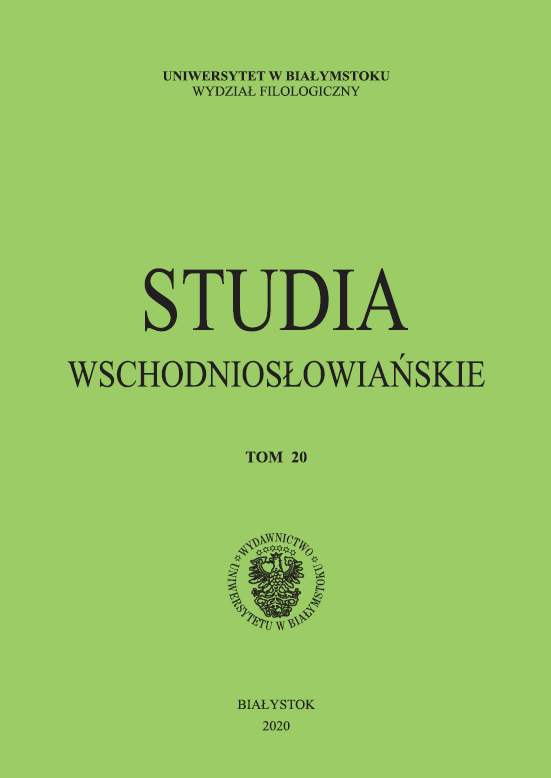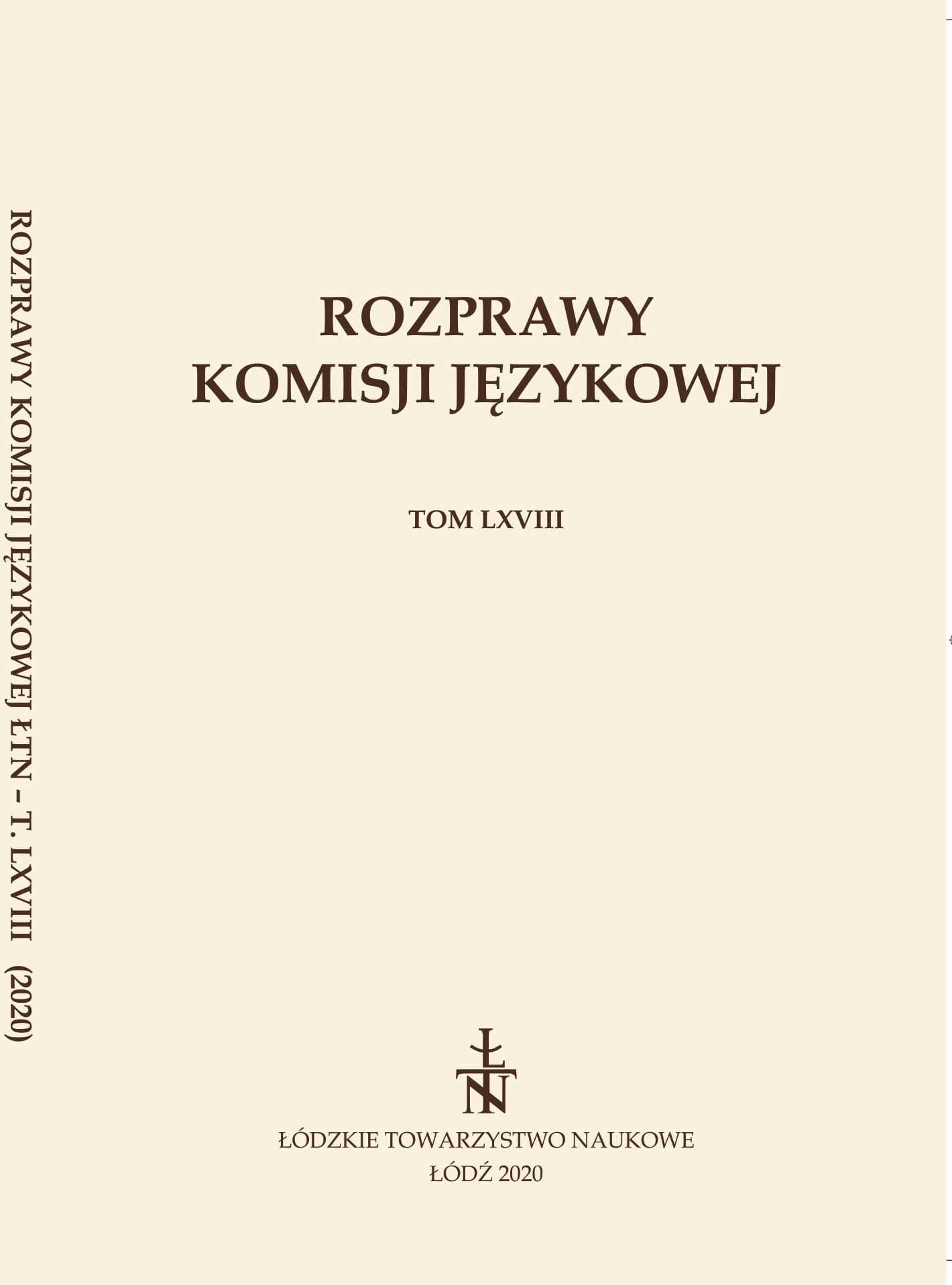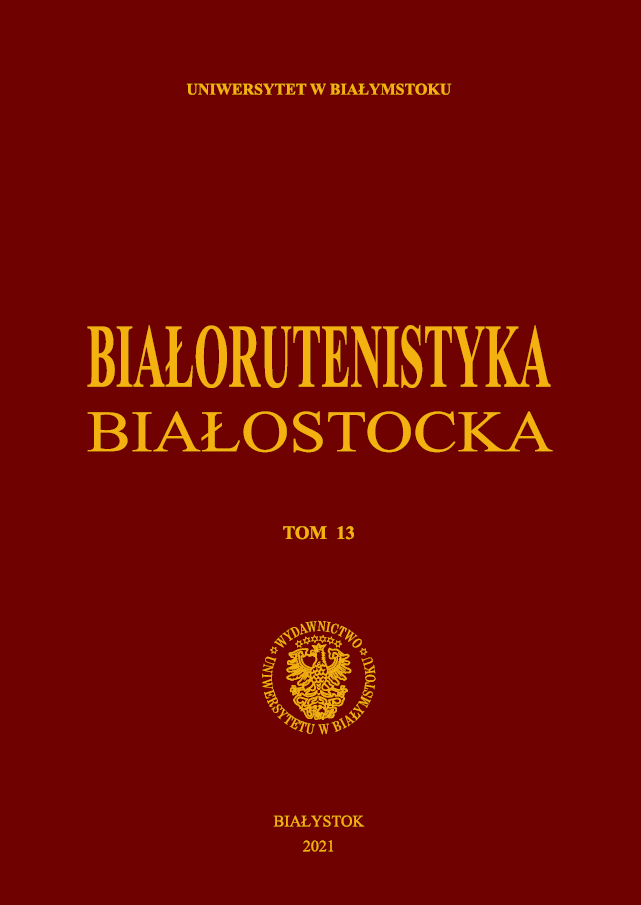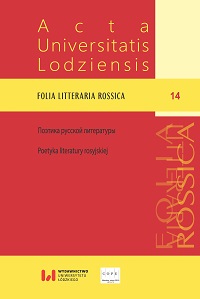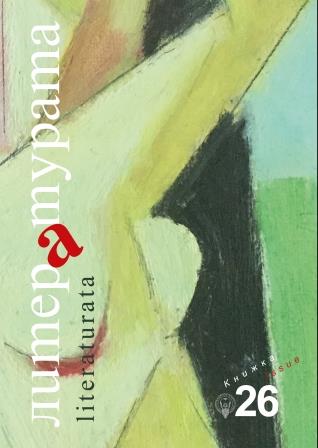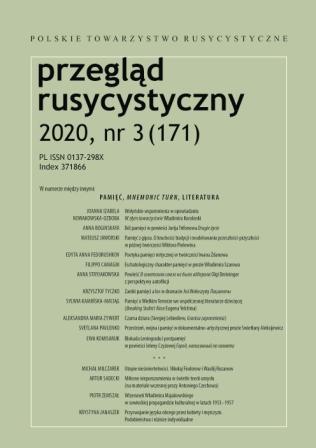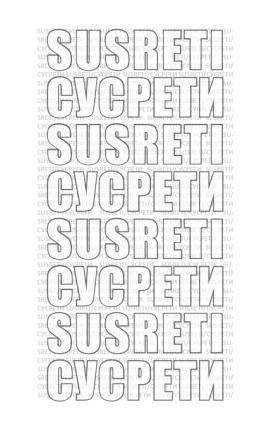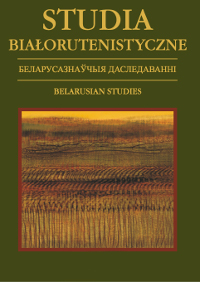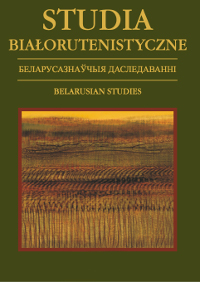Изучение старобелорусской и староукраинской литературы в литве между двумя мировыми войнами
The thesis studies the perception of three Slavonic literatures (Old Ukrainian, old Belorussian) in Lithuania in the period between two wars. The position and role of these literatures in social and artistic life, their interaction with the Lithuanian folklore and later philology periodically attracted attention since XVI century. From the beginning of XIX century these problems separated into a special branch of comparative studies. Lithuanian scientific and educational literature of 1920-1930s is characterized by an increasing attention to medieval Old Belorussian and Old Ukrainian chronicles and annals; they were considered as Lithuanian as they gave an account of the Lithuanian history from the very beginning till the end of XV century, regarding it from a wide national point of view. In the specified period a special role of the old Belorussian, old Ukrainian literatures in the forming of ethnic and national self-consciousness of Lithuanians increased. The chronicle descriptions of the Lithuanian tribe’s settlement territory, the constant flow of seasons, flora and fauna, the beauty of the sky and the earth, traditions, clothing, crafts, the people’s appearance, their songs, ceremonies, pagan and later Christian concepts were effectively portrayed in many popular, pedagogical and scientific editions.
More...
